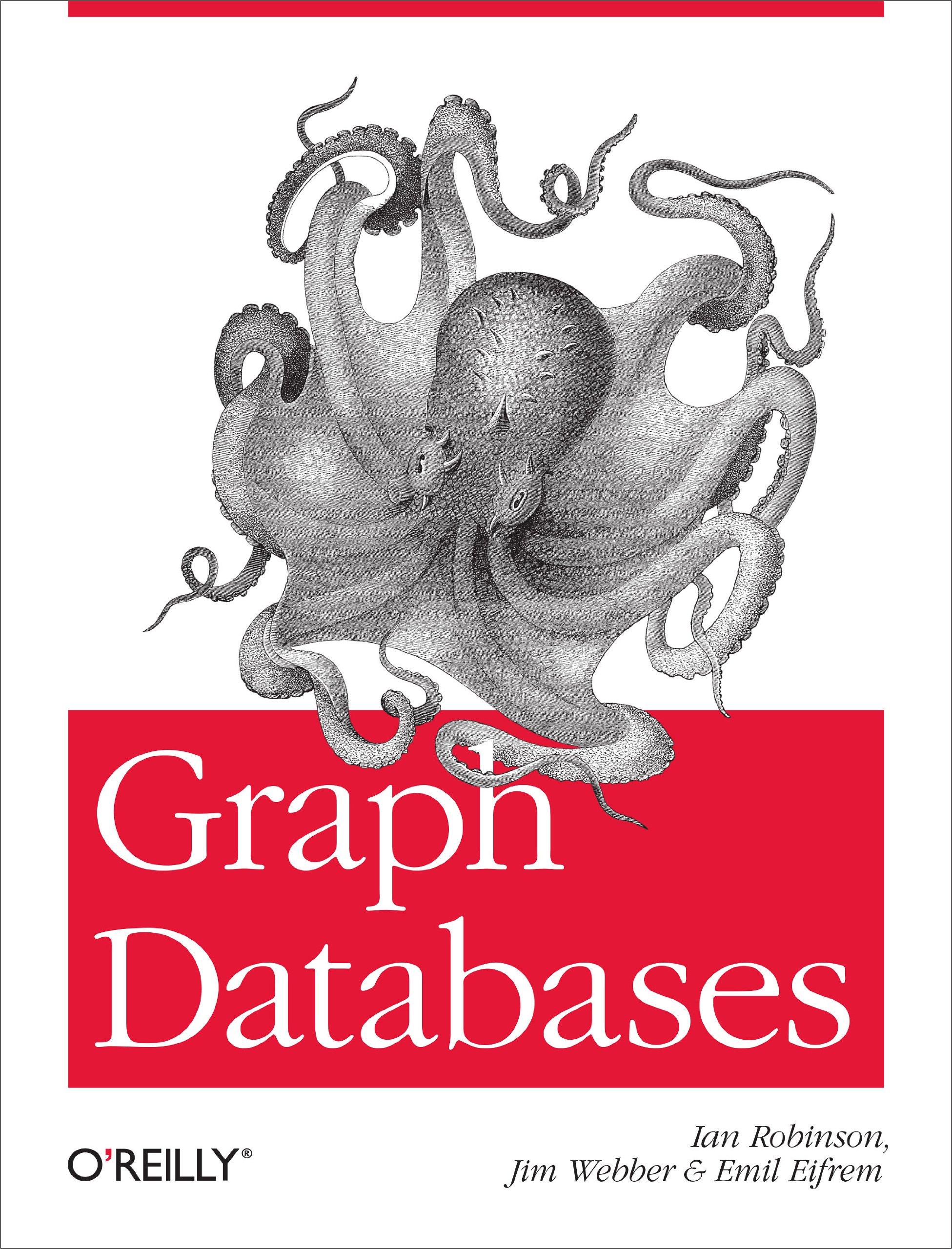Question
Please answer all questions 1) Project network Group of answer choices a) This strategy uses demand forecasts to manage scheduling and planning for project activities
Please answer all questions
1) Project network
Group of answer choices
a) This strategy uses demand forecasts to manage scheduling and planning for project activities between three and 18 months in advance, so that the necessary resources and personnel can be efficiently acquired or assigned.
b) A visual representation of the activities and dependencies involved in the successful completion of a project.
c) Entails all negotiating parties obtaining at least some of what they want from negotiations.
d) A set of stipulations regarding project deliverables. They are a key element of the project scope and explain in detail the stakeholders' expectations for a project.
Flag this Question
2) Question 21 pts
Action item
Group of answer choices
a) An activity or task that must be completed.
b) The amount of labor performed to complete an activity. It is expressed in person-hours or similar units of work.
c) The sum of money allocated for a project. The term may also refer to a comprehensive list of revenues and expenses.
d) The budget assigned to the work it is meant to accomplish.
Flag this Question
Question 31 pts
3) Requirements traceability matrix
Group of answer choices
a) A hierarchical model of an organization's units and all of its activities. It shows relationships between activities and organizational units and indicates the responsibilities of each unit, thus providing a holistic perspective of how an organization operates.
b) A table that tracks requirements through the project life cycle and product testing. It is used to ensure that a project is able to deliver the stipulated requirements during the verification process.
c) A field of study that seeks to improve organizational decision making through the use of quantitative and scientific research methods. It evaluates management decisions and outcomes to find optimal solutions to problems, and thus enables better decision making.
d) An outside relationship that affects the completion of a project activity.
Flag this Question
Question 41 pts
4) Criticality index
Group of answer choices
a) Formally informing stakeholders about a project's current performance and future performance forecasts. The aspects of performance to be reported are typically laid out in a communications management plan.
b) Each project activity is assigned a percentage called this term, which is a measure of how frequently it is a critical activity in project simulations. Activities with high indications from this term are likely to prolong project duration if delayed.
c) Indicate the number and type of personnel required to do project work over periods of time.
d) Entails all negotiating parties obtaining at least some of what they want from negotiations.
Flag this Question
Question 51 pts
5) Resource calendar
Group of answer choices
a) A schedule compression technique or duration compression technique in which the duration of a critical path is shortened by performing sections of some critical path activities concurrently instead of consecutively.
b) This represents the total cost incurred for work done in a given period of time.
c) Usually the longest phase of the project management life cycle. It involves determining cost, schedule, and scope baselines and using these to create a detailed roadmap for executing project activities and producing deliverables.
d) Indicates resource availability, usually by shift, over a period of time.
Flag this Question
Question 61 pts
6) Earned schedule
Group of answer choices
a) A method of measuring work performance that improves upon traditional earned value management. This term tracks time variance only in terms of money and not in terms of time and thus does not accurately indicate performance by the end of a project. To address this discrepancy, this theory uses the same data as traditional earned value management but tracks time performances separately.
b) A hierarchical model of all risks, arranged categorically.
c) A metric for measuring project success. These are established before project execution begins.
d) Explains how project requirements will be defined, managed, and delivered. It is part of a project management plan and is used to guide project execution and control to adequately deliver requirements.
Step by Step Solution
There are 3 Steps involved in it
Step: 1

Get Instant Access to Expert-Tailored Solutions
See step-by-step solutions with expert insights and AI powered tools for academic success
Step: 2

Step: 3

Ace Your Homework with AI
Get the answers you need in no time with our AI-driven, step-by-step assistance
Get Started


